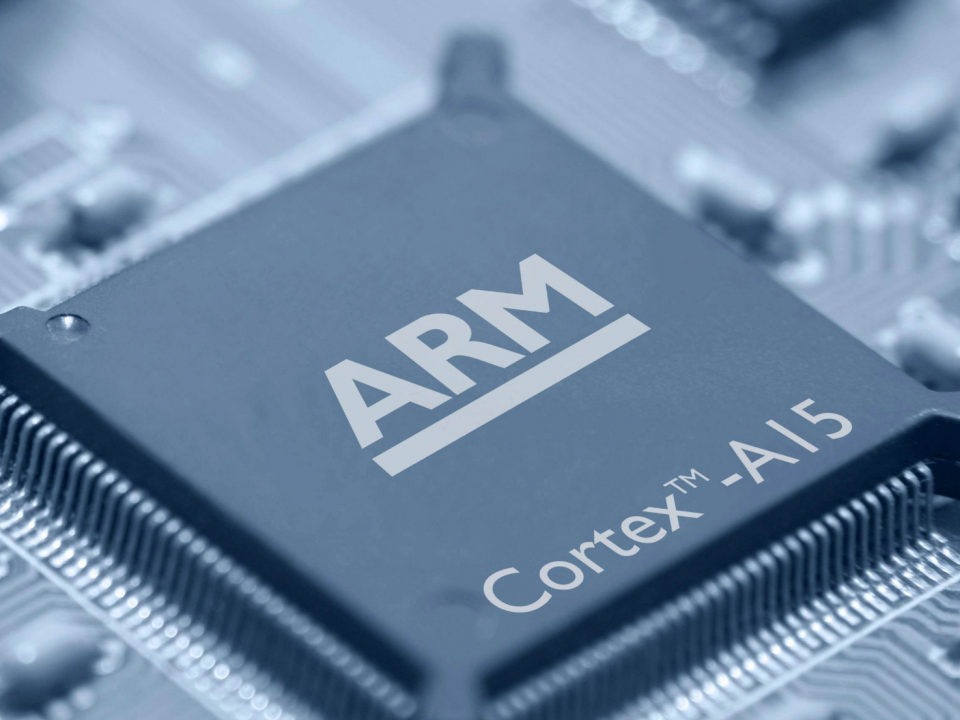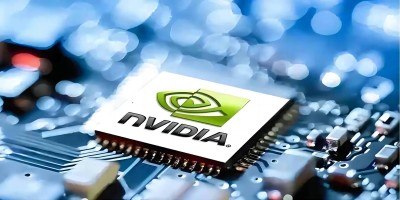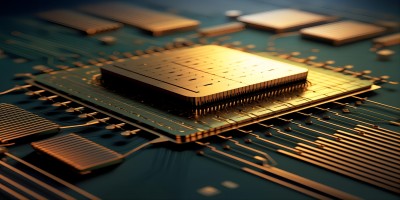Arm recently laid off more than 70 software engineers in a round of layoffs on the mainland and plans to move some jobs outside China. The job cuts appear to be an adjustment to challenges facing the entire semiconductor industry, echoing earlier waves of global layoffs by chip makers such as Qualcomm, which has been hit by a downturn in demand for electronics. Arm's decision to cut jobs was also influenced by slowing smartphone sales.
According to the sources, about 15 of the layoffs are expected to be transferred to other positions related to the China business. At the same time, the positions being reduced are now being filled by contract software engineers who have previously worked on Arm's projects around the world.

Arm, which is based in Cambridge, UK, said in a statement that the company is overhauling its software engineering resources in China to ensure that the Chinese software ecosystem is fully performing and unique, while focusing on providing direct support to local developers. Chief Financial Officer Jason Child told analysts in November that China's share of global revenue has fallen to 20% from 25% because of faster growth in other parts of the world.
The decision to cut jobs has also been hit by US controls on technology exports to China because some of Arm's patented designs were developed in the US. Arm China, a joint venture between SoftBank, ARM's parent, and Chinese investors, is recovering from a period of turmoil at the top.
According to people familiar with the matter, employees in this unit will face layoffs or be transferred to other business units. Arm Technology has not yet made a detailed response to the layoffs.
Overall, Arm's downsizing moves in China may be an effort to better adapt to the current pressures and challenges facing the semiconductor industry and adjust resources to more flexibly meet market demands. While the layoffs created some uncertainty, Arm also emphasized its focus on the Chinese software ecosystem, expressing its commitment to supporting local developers while remaining competitive. In the future, how ARM will respond to fluctuations in the semiconductor market and changes in the global economic environment deserves further attention.



